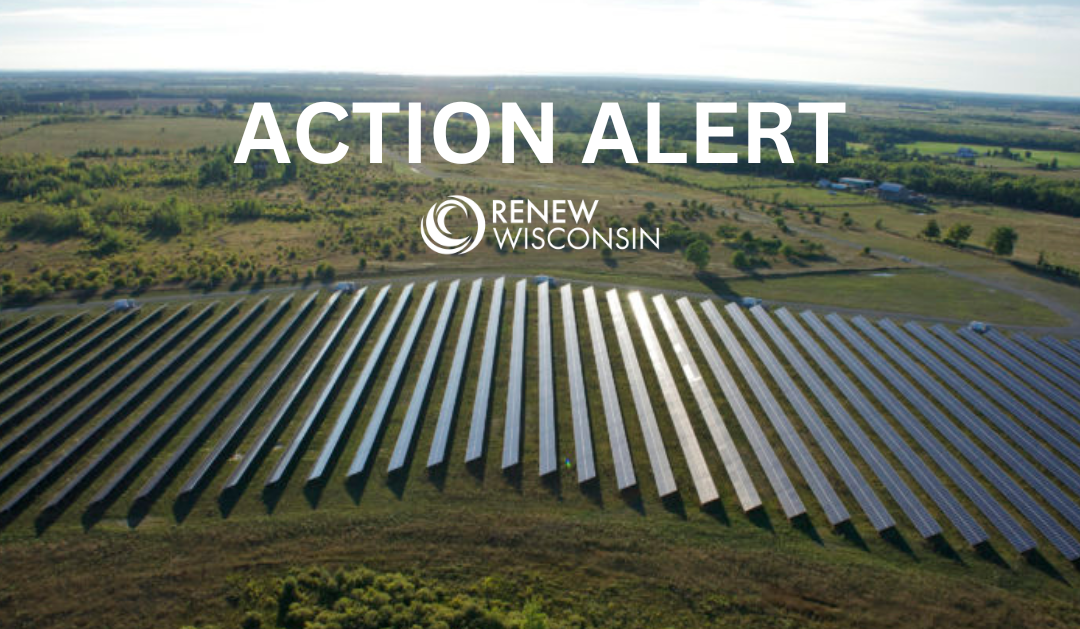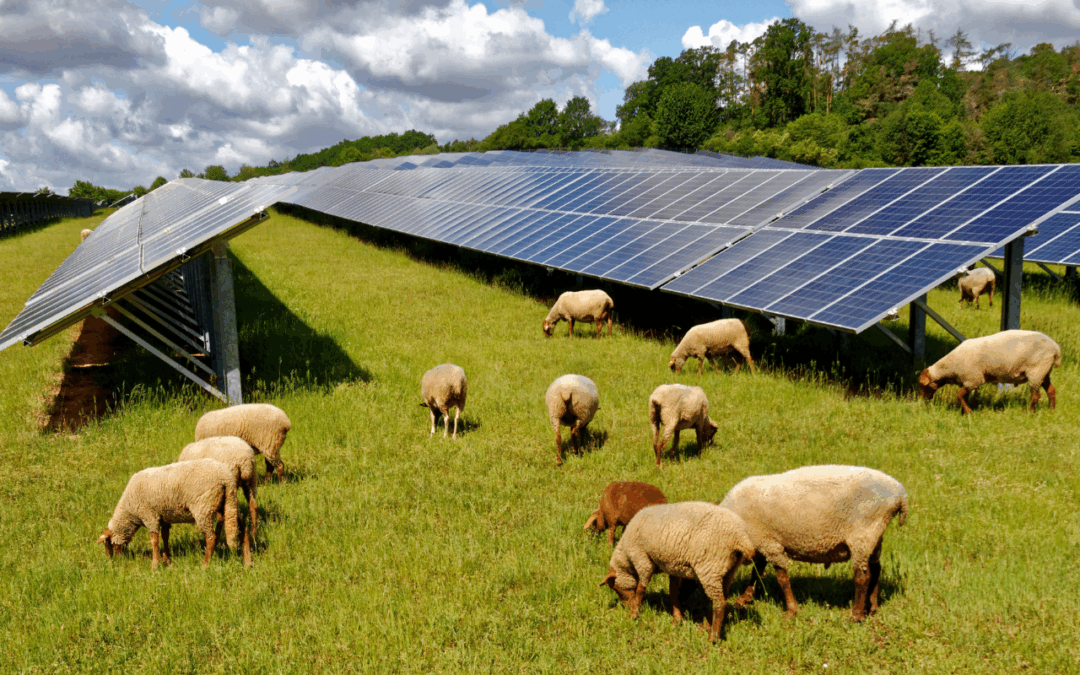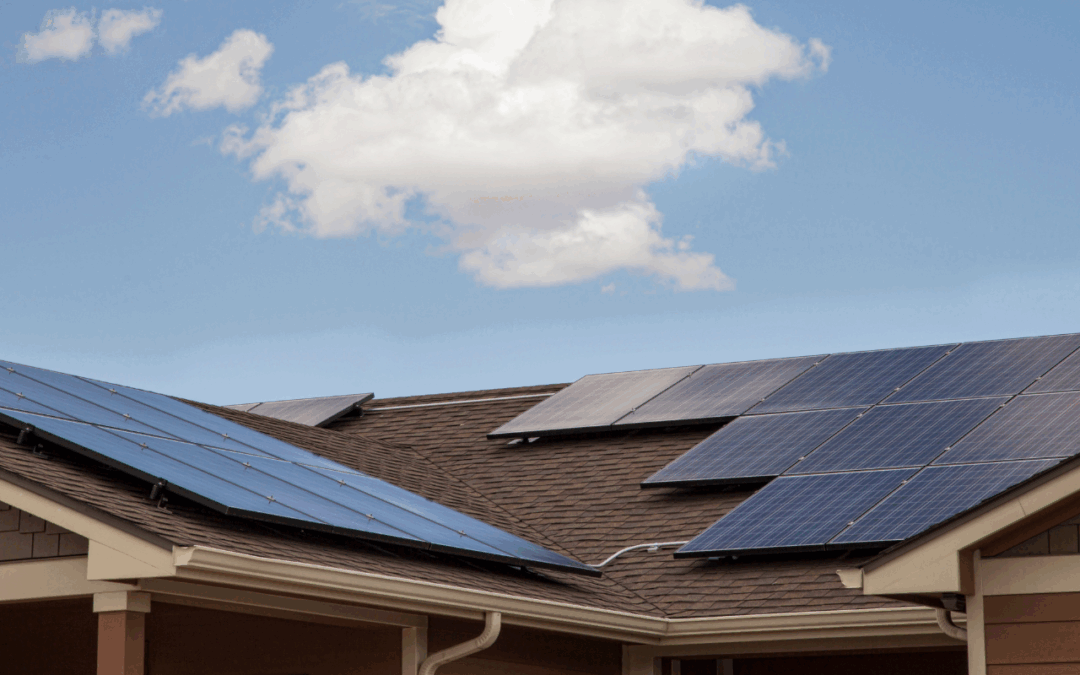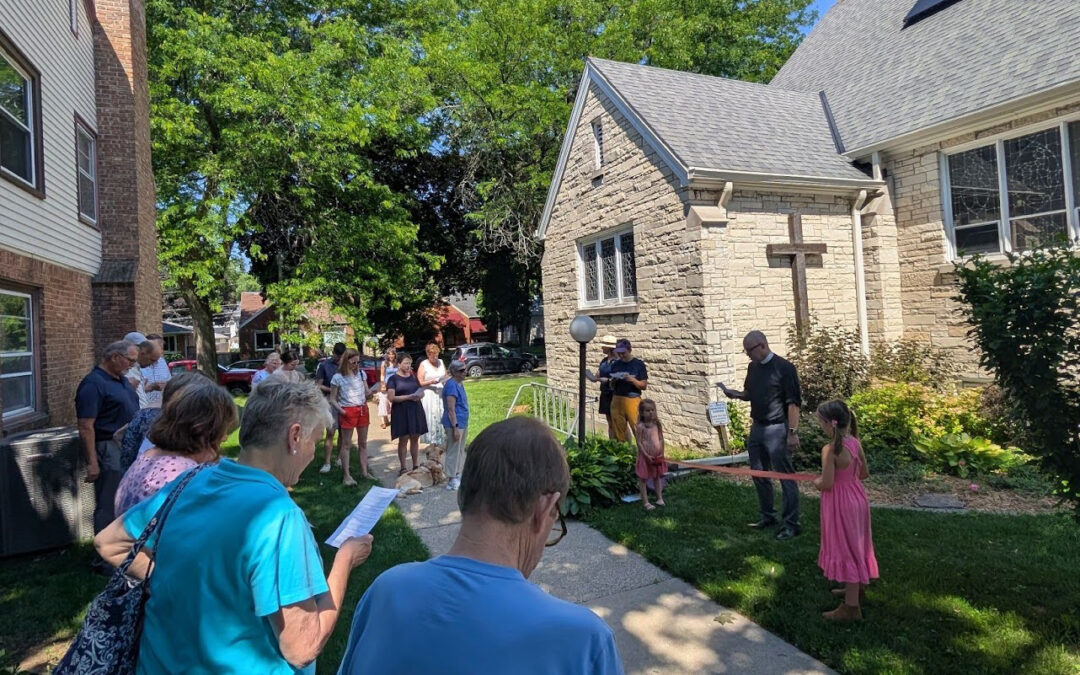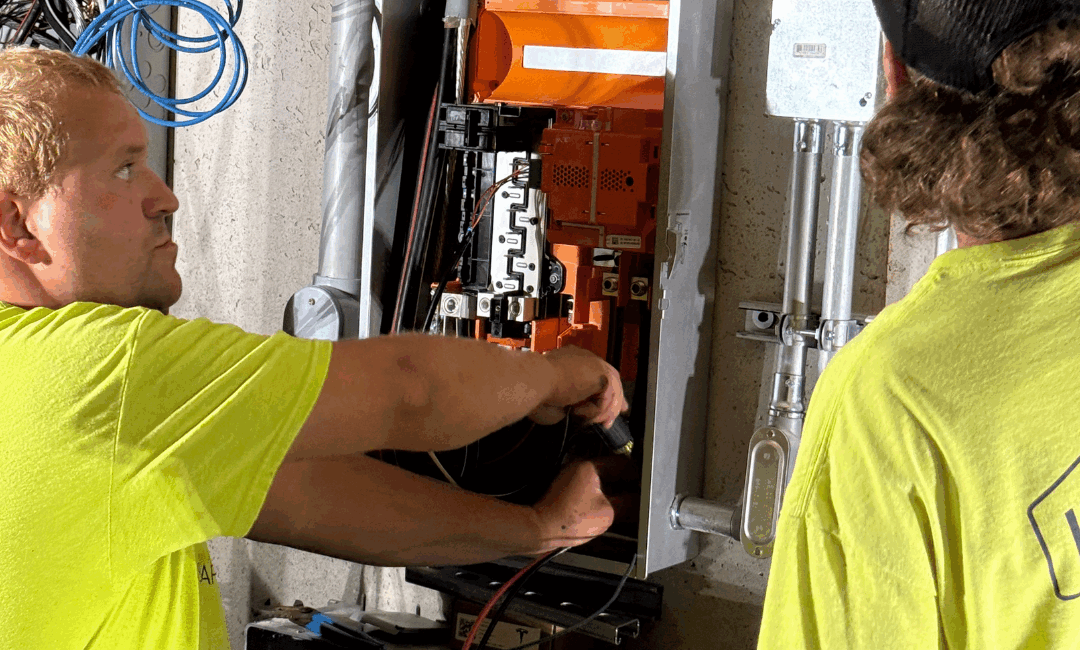
Clean Energy Works On Home Batteries
Clean Energy Works is RENEW Wisconsin’s initiative to get into the field with our business members and learn directly from those doing the work each day. By shadowing installers, technicians, and staff across the clean energy industry, we gain a deeper understanding of what goes into the work. These experiences directly inform how RENEW supports and advocates for the people and companies driving clean energy forward.
Battery storage is a newer part of residential clean energy, and is slowly becoming an important way for homes to manage power. We use batteries every day, whether in our phones, laptops, or cars. Now that same technology is being installed in Wisconsin homes to help families stay resilient during outages and make the most of the solar energy they produce, even after the sun goes down.
To see how an installation comes together, I spent the day with the crew at Home Team Energy. They are a tight-knit group of seven employees based in Brookfield, Wisconsin, completing about 100 projects a year since opening in 2019.
On this job, I followed Stefan and Josh as they installed a Tesla Powerwall in the basement of a newer home outside Burlington.
Meet the Crew
Stefan began his career in northern Minnesota doing residential electrical work. Moving to Wisconsin gave him the chance to keep doing what he loved while stepping into an industry with room for advancement. Home Team Energy provided the path for him to earn his master electrician license.
On this job, that expertise showed in the way he worked with both the battery panel and the home’s main electrical panel open. This setup let him see exactly how each system and component connected, ensuring the wiring was installed correctly and the disconnects were set to meet electrical and building codes.
As he worked, he explained each step, highlighting how these details keep the system safe, reliable, and ready for inspection. He made sure everything fit neatly on the homeowner’s wall so it looked like it belonged there. He pointed out how they were planning to run the conduit, the reasons for running it where it needed to be, and how they were making efficient use of equipment. Every line was leveled, the wiring was tidy and presentable, and everything was ready to meet the requirements for inspection later that day.
Josh grew up in Waukesha and Lake Geneva before moving to California to work in a high-volume solar market. He eventually returned to Wisconsin to be closer to family and the communities he knew well. On the job, he measured and cut conduit so the line from the roof to the electrical meter and into the basement would be straight, clean, and easy to follow. His precision ensured the installation looked as good as it performed.
As we worked, the conversation turned to their love of Wisconsin’s outdoors. They traded stories about trout streams, favorite fishing spots, and the quiet places in state parks where they hunt in the fall.
About the Technology
The Tesla Powerwall is a rechargeable home battery that stores energy for later use. It can be charged from solar panels or directly from the grid. When solar panels produce more power than the home needs, the extra energy goes into the battery. Later, when the home needs electricity, especially during the evening when demand is high, the battery supplies that power instead of drawing it from the grid.
This is where the home and the grid work together. For example, on a hot July evening when air conditioners, TVs, lights, and electric stoves across the neighborhood are turned on, this Burlington homeowner can run their home on energy stored in the Powerwall earlier in the day. That means they are not pulling from the grid during its busiest hours, which reduces strain on the system and frees up power for their neighbors.
At rural homes like this one, batteries are especially valuable. They provide backup during outages, keep essential systems running, and offer peace of mind in places where grid reliability can be less certain.
Why It Matters
Battery storage benefits more than just one home. It supports the neighborhood by reducing strain on the grid during high-demand times. This Burlington installation will help the homeowner use their own clean energy while also supporting the wider system.
Clean energy also pulls and keeps talent. Contractors like Home Team Energy, along with other RENEW Wisconsin members, attract skilled workers from other states, bring experienced people back to Wisconsin, and provide high-paying careers that keep those workers here. These jobs bring in people who want to build something meaningful while staying connected to their communities.
Looking Ahead
Battery storage is becoming a central part of Wisconsin’s clean energy future. Systems like the Tesla Powerwall allow homeowners to use solar power when it matters most, provide backup during outages, and prepare for future utility programs such as virtual power plants and advanced grid management.
My day with Home Team Energy was not only about the technical side of the installation. It was about Stefan explaining the “why” behind each choice, Josh taking the extra moment to make each cut exact, and both of them speaking about the land, water, and wildlife they want to protect. These systems are more than equipment on a wall. They represent the work of skilled people building a cleaner, stronger energy future for Wisconsin, one home at a time.
If you are part of this work and would be willing to share your story, I would love to join you for a day. Feel free to reach out to me at ben@renewwisconsin.org.

